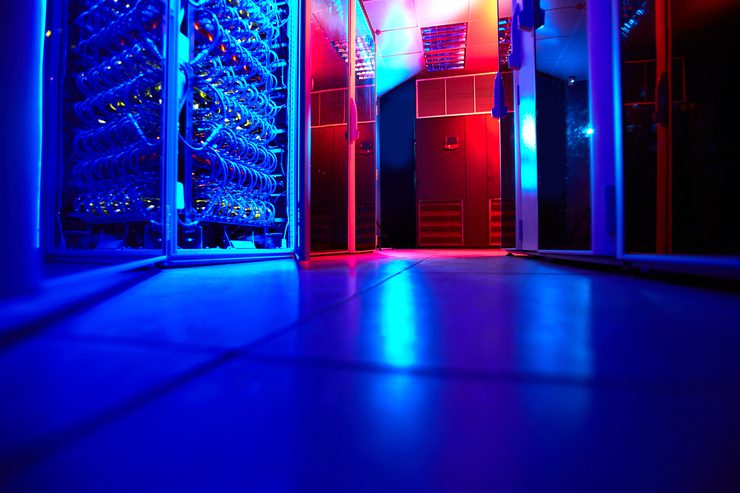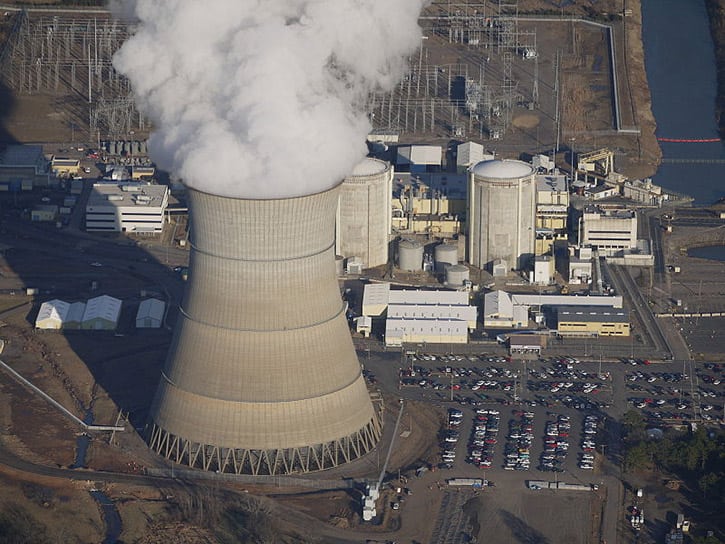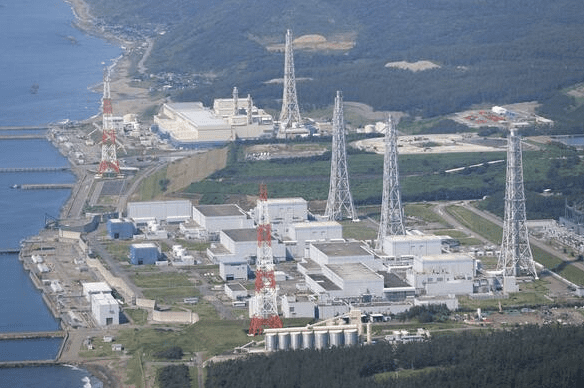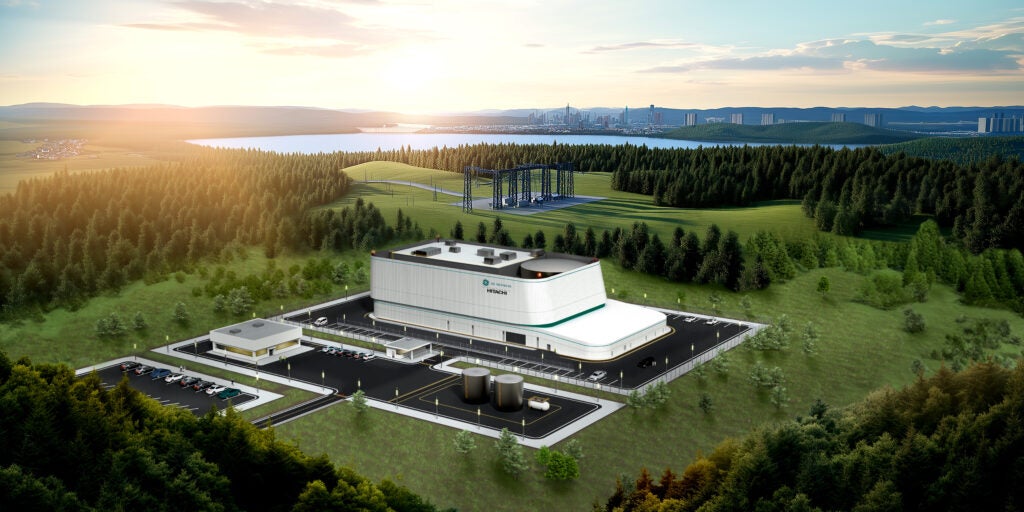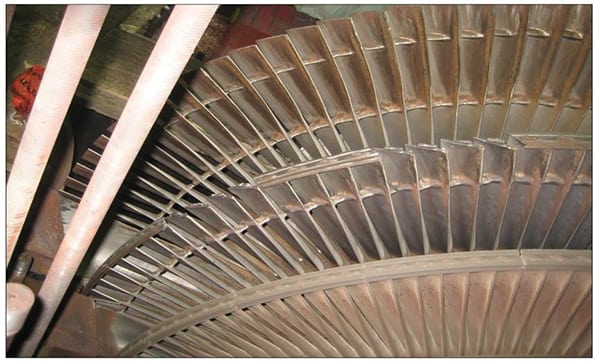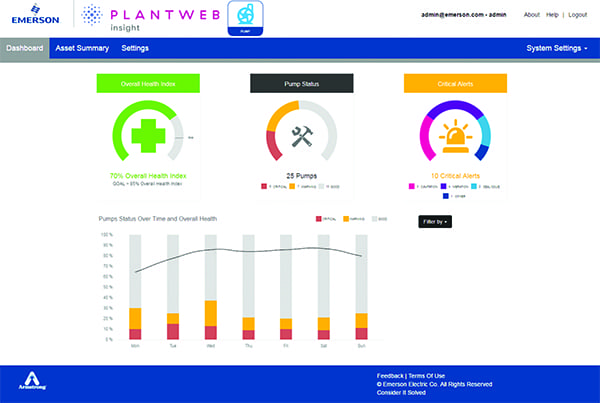
Steve Sinclair, Director of Utilities Vertical Market at Convergint
The threat landscape facing utilities has evolved rapidly in recent years. Fortunately, security technology has evolved alongside this heightened risk profile.
Security assets, once tasked with keeping people and property safe and providing situational awareness, are now capable of doing so much more. That evolution has the potential to unlock additional benefits across the organization, transforming single-purpose monitoring tools into assets that enhance operational efficiency, improve safety protocols, and drive value across multiple departments.
One utility, for example, has programmed a camera typically used to monitor a gate to perform a secondary duty, periodically turning in another direction to automatically read a gauge on a water tank. That simple act allowed personnel to focus on other, more meaningful work.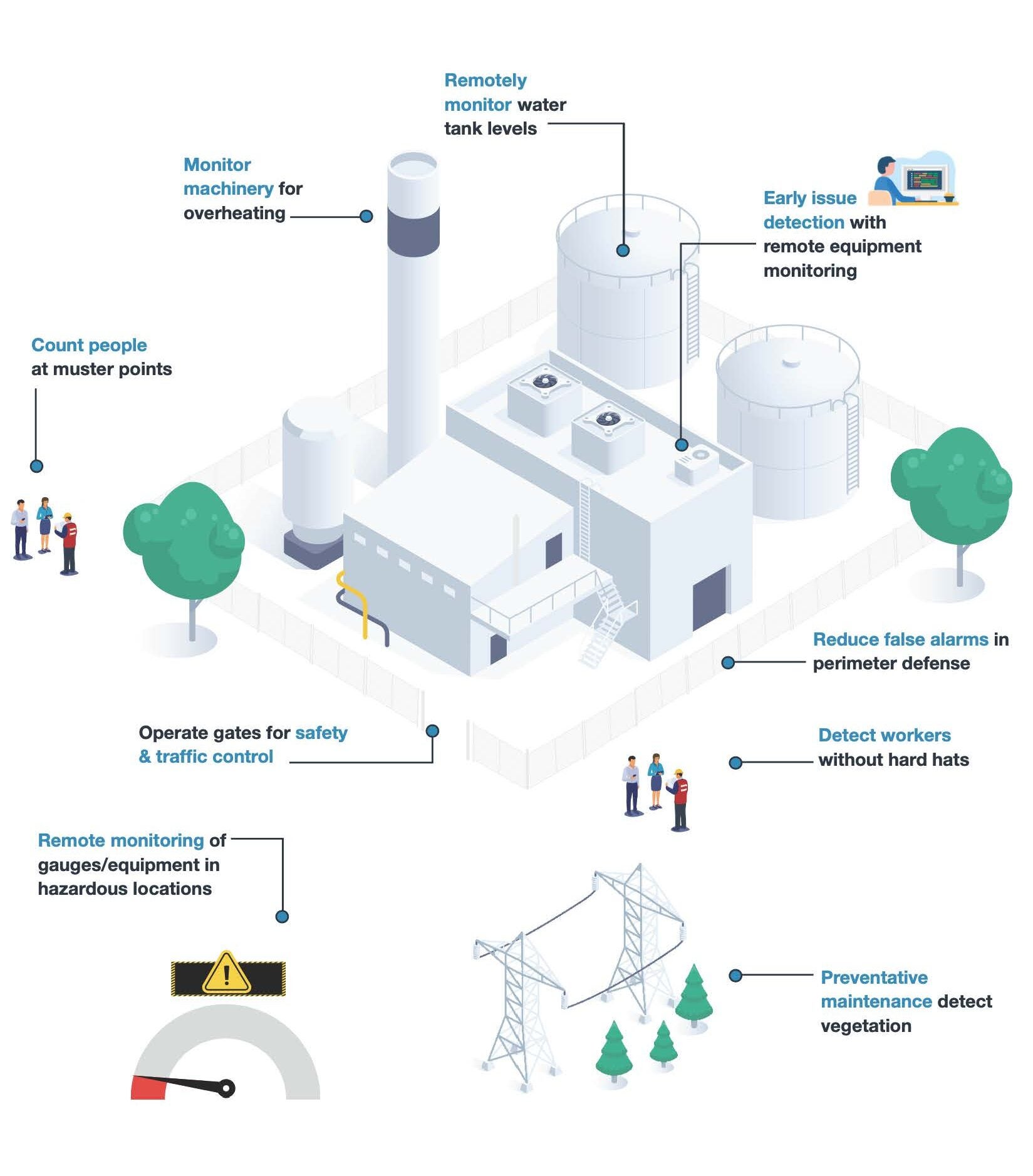
Who Benefits?
Reaping the benefits of these advanced technologies involves automating, visualizing, and reporting on actionable data provided by these systems.
Let me give you an example. Audio sensors and thermal cameras are typically used to listen for gunshots or to monitor for drones and intruders in poor visibility conditions.
But these sensors can also provide valuable, actionable data, that can be used for predictive maintenance. Doing so involves building a baseline model of what a good operating condition looks like, and then setting parameters that trigger alerts when conditions deviate. By leveraging these capabilities, organizations can positively affect key performance indicators that senior leaders focus on, namely operational efficiency.
What’s surprising is the number of ways these systems can be deployed. Utilities, for example, can automate the detection of employees wearing required safety gear, and even build reports showing rates of compliance and identifying geographies or parts of a facility that might need additional training. To get there, companies need to break down silos across the organization. For one thing, the idea that security technology can pull a secondary duty as operational technology is relatively new. It’s fair to say that many executives aren’t aware of what’s possible. Implementation is also complex, and requires buy-in and support from IT.
But the benefits for security teams can also be significant, because it often means they can leverage multi-departmental spending that would allow them to increase their capabilities while also allowing operation teams to be more proactive. Rather than each group investing in separate solutions, organizations can deploy integrated systems that serve multiple functions, amplifying impact while optimizing spend. Overall, there are few security teams that would turn down more cameras or more sensors.

The Financial Case
With proper evaluation, advanced video and sensors may be able to increase various efficiencies, allowing for streamlined budgeting and a more predictable financial impact by improving data accuracy, enabling real-time insights, and supporting proactive decision-making. This creates a compelling financial case for investment, not just for security, but for broader business value.
Upgraded systems present the opportunity to potentially deliver measurable returns to departments that have a direct impact on the bottom line. For example, early detection of issues could reduce downtime and maintenance costs, automated monitoring and remote diagnostics could lower operational expenses and allow personnel to focus on higher-value tasks, asset longevity could improve as equipment is maintained proactively rather than reactively, and safety-related improvements contribute to a more productive, engaged workforce. Additionally, they also offer the potential to extend asset life through proactive maintenance strategies and support safety enhancements which may result in efficient operation with the possibility for enterprise-wide cost efficiencies.
By strategically expanding the functionality of security systems to drive positive business outcomes, organizations can unlock a significantly improved return on investment from these assets. The deployment of security infrastructure into a data-driven resource empowers smarter decision-making, strengthens the protection of critical assets, and frees up valuable human capital to focus on strategic initiatives that drive business growth. Beyond internal benefits, these smarter, safer, and more reliable security and operational postures can also enhance public trust — delivering greater transparency, consistency, and confidence for rate payers and customers. As infrastructure becomes more resilient and responsive, so too does the organization’s ability to meet expectations and deliver lasting value.
The message is clear: the modern security infrastructure holds a wealth of untapped opportunity. From operational efficiency to better use of manpower and increased safety, there is a new opportunity to leverage video and sensor capabilities to unlock a positive business impact.
Learn more at Convergint Technologies

